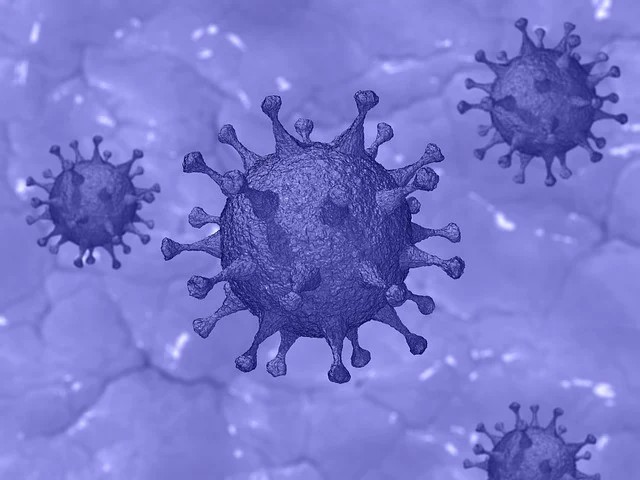Following the evolution of the COVID-19 pandemic, reports noted a high prevalence of thyroiditis-related thyrotoxicosis . However, interpretation of thyroid tests during illness is hampered by changes that occur in the context of nonthyroid illness syndrome (NTIS).
To elucidate these findings, we studied thyroid function in carefully selected cohorts of COVID-19 positive and negative patients. Observational cohort study. We measured TSH, FT4, T3 within 24 hours of admission in 196 patients without thyroid disease and/or confounding medications.
102 patients were positive for SARS-CoV-2; 41 admitted to the ICU, 46 in the ward and 15 outpatients. The controls consisted of 94 SARS-CoV-2 negative patients; 39 in the ICU and 55 in the ward.
We designated thyroid hormone patterns as consistent with nonthyroid illness syndrome (NTIS), thyrotoxicosis, and hypothyroidism.
An NTIS pattern was found in 60% of ICU patients and 36% of ward patients, with similar frequencies between SARS-CoV-2 positive and negative patients (46.0% vs 46.8% ). %, p = NS).
A pattern of thyrotoxicosis was observed in 14.6% of SARS-CoV-2 ICU patients versus 7.7% in the negative ICU (p = NS) and overall in 8.8%. of SARS-CoV-2 positive patients compared to 7.4% of negative patients.
In these patients, thyroglobulin levels were similar to those with normal thyroid function or NTIS. The pattern of hypothyroidism was rare.
The NTIS pattern is common and is related to disease severity rather than SARS-CoV-2 infection.
A pattern of thyrotoxicosis is seen less frequently with a similar frequency between patients with and without COVID-19. It is suggested that thyroid hormone monitoring in COVID-19 should not differ from other critically ill patients.
Discussion
Our study, along with other reported studies, examined the prevalence of thyroid function abnormalities in critically ill and non-critically ill patients with COVID-19, a clinical setting that is different from published cases of typical subacute thyroiditis related to COVID-19.
The main finding of this observational study is that thyroid hormone abnormalities are found in a significant proportion of patients, both critically and non-critically ill, regardless of the underlying SARS-CoV-2 infection.
The most common abnormality was nonthyroid disease syndrome (NTIS). In particular, patterns associated with thyrotoxicosis were observed in 8.2% of the entire cohort. Although the prevalence of thyrotoxicosis in SARS-CoV-2-positive patients admitted to the ICU was almost twice that in SARS-CoV-2-negative ICU patients, the difference was not statistically significant. Rates of thyrotoxicosis were similar between non-critically ill patients with and without COVID-19.
Of note, we found no evidence of destructive thyroiditis in patients with thyroid function tests suggestive of thyrotoxicosis.
| Our results indicate that thyroxicosis affects several patients, although this is not limited only to patients infected with SARS-CoV-2. On the other hand, NTIS is common and is related to the severity of the disease. Therefore, routine evaluation of thyroid function in patients hospitalized with COVID-19 may create uncertainty or lead to unnecessary investigations or treatments and is best reserved for those patients with relevant symptoms or signs. |
















